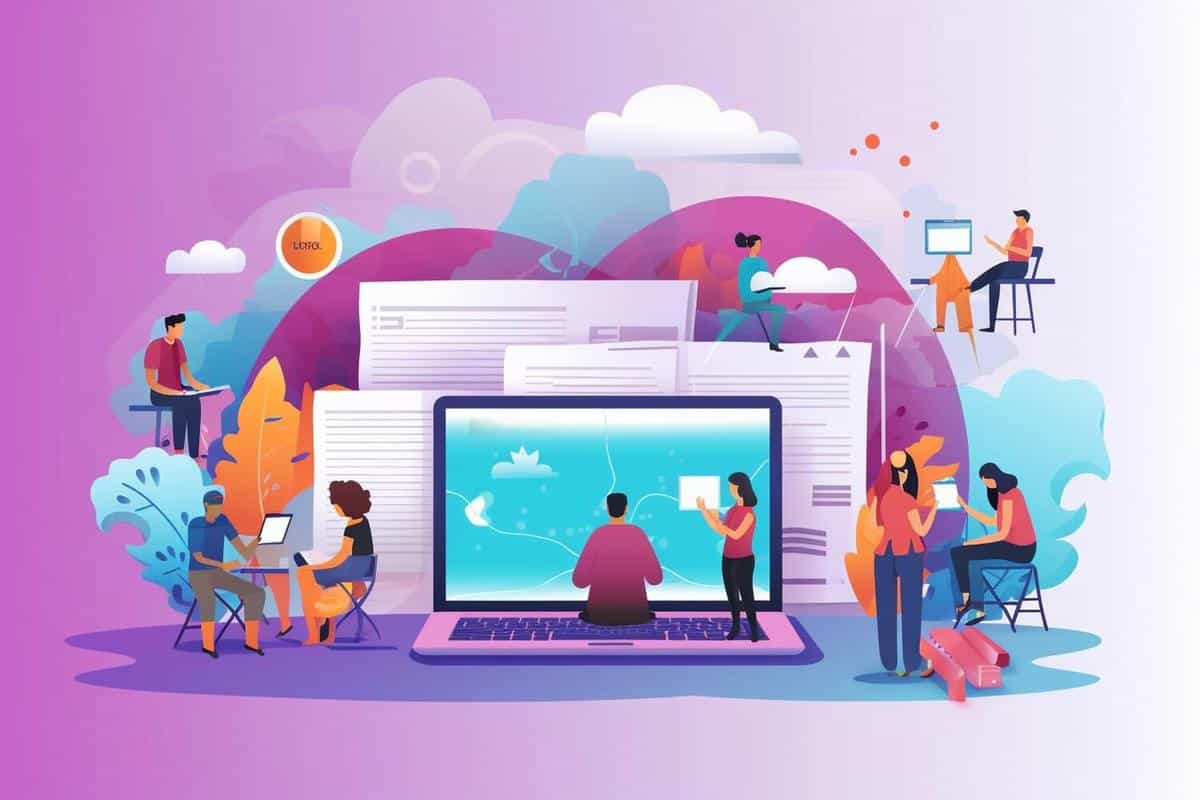
How to Leverage Digital Tools for Personalized Learning Experiences
Personalized learning is transforming the educational landscape, offering students tailored experiences that cater to their individual needs and preferences. Leveraging digital tools effectively can enhance these personalized experiences, empowering both educators and learners.
The advent of technology in education has enabled a shift towards more personalized learning experiences. According to a report by the Bill & Melinda Gates Foundation, 74% of teachers believe that digital tools can be effective in personalizing learning for students. This promising perspective is echoed by numerous educators who have witnessed firsthand the impact of technology on learning outcomes.
Understanding Personalized Learning
Personalized learning aims to customize education to fit each student’s strengths, needs, and interests. It involves setting individualized goals and allowing students to progress at their own pace. Digital tools play a crucial role in facilitating this process by providing access to a wide array of resources and learning modalities.
Examples of Digital Tools for Personalized Learning
| Tool | Description | Benefit |
|---|---|---|
| Learning Management Systems (LMS) | Platforms for managing and delivering educational content | Centralized access to personalized learning paths |
| Adaptive Learning Software | Programs that adjust content based on student performance | Tailored content delivery |
| Online Collaboration Tools | Platforms for group work and communication | Enhanced peer interaction |
| Educational Apps | Mobile applications focused on specific skills | Learning on the go |
| Virtual Reality (VR) | Immersive environments for experiential learning | Engages and motivates students |
| Game-based Learning Platforms | Games designed for educational purposes | Increased engagement through interactive content |
| Digital Portfolios | Tools for tracking student progress | Comprehensive assessment of learning |
| Video Conferencing Tools | Platforms for live instruction and meetings | Remote, real-time interaction |
Implementing Digital Tools Effectively
Successful integration of digital tools requires strategic planning and execution. Here are some actionable tips to consider:
- Assess the needs of your learners to select the appropriate tools.
- Provide training for educators to maximize tool efficacy.
- Encourage feedback from students to continually improve learning experiences.
- Ensure tools are accessible and user-friendly for all students.
Start small by integrating one digital tool at a time, allowing both educators and students to adjust and adapt to new technologies gradually.
Expert Insights
Dr. Emily Johnson, an educational technology specialist, emphasizes, “Digital tools should enhance and not complicate the learning process. The goal is to make learning more engaging and effective for each student.” Her insights highlight the importance of choosing tools that truly add value to the learning experience.
Conclusion
Incorporating digital tools into education offers vast potential for creating personalized learning experiences that can adapt to the unique needs of each student. By thoughtfully selecting and implementing these tools, educators can enhance engagement, improve outcomes, and foster a more inclusive learning environment.
FAQs
What are the key benefits of using digital tools for personalized learning?
Digital tools offer flexibility, adapt to individual learning paces, and provide diverse resources that cater to various learning styles.
How can I ensure the successful integration of digital tools in the classroom?
Start by assessing your needs, selecting appropriate tools, providing adequate training, and continuously gathering feedback from students.


